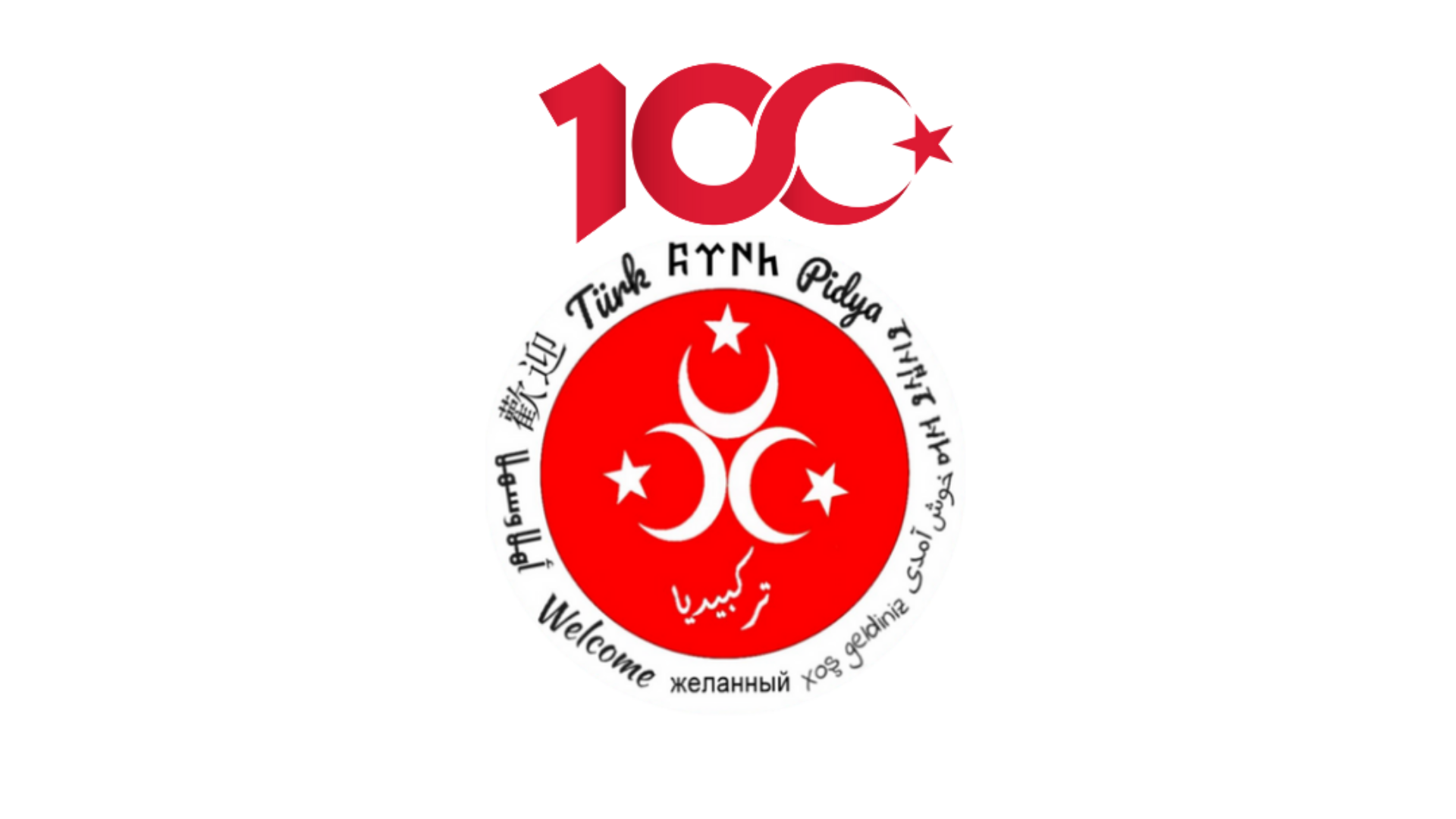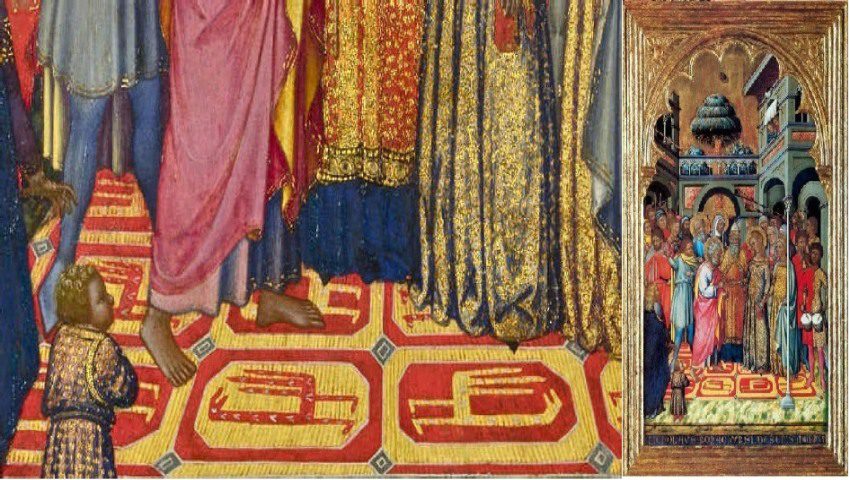Tabla de contenido
El arte tradicional de alfombras turcas tiene un papel importante en nuestra historia del arte. Los turcos fueron los primeros en llevar la alfombra a Oriente Medio y al mundo islámico, lo que demuestra un avance significativo en la zona de residencia de los turcos en Asia Central. La alfombra se originó en Asia Central porque la cría de ganado es el principal recurso económico de los turcos en su civilización esteparia nómada.
The Pazirik Carpet, discovered in the Central Asian Pazirik Kurgan, is the earliest known carpet. The carpet finest exemplifies both the style and skill of Central Asian art. The Pazirik carpet is very thinly woven, with 36 stitches per 1 cm square. The fact that the Pazirik carpet is constructed using the Turkish knot method (Gördes knot) demonstrates that Turkish carpet art has a long history. Furthermore, the Pazirik carpet has the first example of the octagonal Turkmen rose embroidery featured on Turkmen carpets.

Sobre el arte tradicional de las alfombras turcas
Various animal combat scenarios and animal figurines on Central Asian Turkish carpets depict the society’s lives and beliefs at the period. The carpet predates the Central Asian Turks, however it is an appliqué carpet with no knot method. As a result, Pazirik Carpet is essential.
Turkish carpet art in Anatolia developed in a consistent and continuous manner from the 13th to the 19th centuries, with new carpet styles emerging at each stage.
The carpets of the Anatolian Seljuk era were the first key link in this development cycle. In terms of technique, color, pattern, and composition, Anatolian Seljuk carpets laid a firm basis. Technically, the Gördes knot was utilized in Seljuk carpets, and wool was selected as the material. Geometric shapes and stylised plant motifs are used to embellish the floor.
Furthermore, friezes resembling kufic calligraphy visible on the borders are among the essential features of this era carpets. The floor provides a vista that goes on forever with the same patterns. The notion of infinity, which is central to Turkish carpet art, can also be seen in Seljuk carpets. Light blue and light red on a dark blue or dark red backdrop are often utilized in carpets.
Seljuk era carpets include eight from the Konya Alaeddin Mosque, three from the Beyşehir Eşrefolu Mosque, and seven from Fustat. These carpets’ geometric and stylised floral themes, as well as enormous kufic inscriptions on the floor, are significant in traditional Turkish carpet art.
During the Principalities era, Aksaray, like the Seljuks, became a hub for the weaving of high-quality carpets.
With the appearance of animal-figured carpets in the 15th century, Turkish carpet art entered a new era.
This group, which is rich in animal images and compositions, was initially identified in the works of European artists.
The Ming carpet was the first original carpet discovered in the category of animal figured carpets. The carpet was discovered in a cathedral in central Italy, demonstrating how the animal-themed carpets manufactured in Anatolia spread.
Carpet in the Ottoman Empire
El Imperio Otomano continuó la tradición selyúcida en el tejido de alfombras. 15-16. Las alfombras del período otomano temprano del siglo se manejan en cuatro grupos diferentes. En el primer y segundo grupo de alfombras del período otomano temprano (alfombras Holbein), el piso está dividido en pequeños cuadrados, con octágonos colocados dentro de los cuadrados y motivos en forma de rombo dispuestos en ejes desplazados entre ellos. Estas alfombras, que se aceptan para tejer alrededor de Uşak, se tejieron con material de lana y la técnica del nudo turco.
En los ejemplos del tercer y cuarto grupo, el suelo se divide en dos, tres o cuatro cuadrados iguales. En cada uno de los cuadrados se colocan motivos geométricos consistentes en octágonos. Estos incluyen estrellas de ocho puntas y patrones de plantas, animales estilizados y escenas de lucha.

Las alfombras del palacio otomano fueron tejidas por la organización Ehli Hiref. Las alfombras están hechas con materiales como la lana de seda y el oro. Los colores vivos y brillantes y los motivos ricos son dominantes. Este tipo de alfombras, a diferencia de la comprensión clásica de Anatolia, vista en la segunda mitad del siglo XV, se denominaron alfombras de palacio otomanas. Estas alfombras cambiaron de estilo cuando Tabriz y El Cairo se unieron al Imperio Otomano. Está tejido inspirado en las alfombras persas. Se utiliza nudo iraní. Con la occidentalización, se vieron en la alfombra motivos como cartuchos barrocos, guirnaldas rococó, conchas de ostras, pliegues en c y c, bodegones y paisajes.







